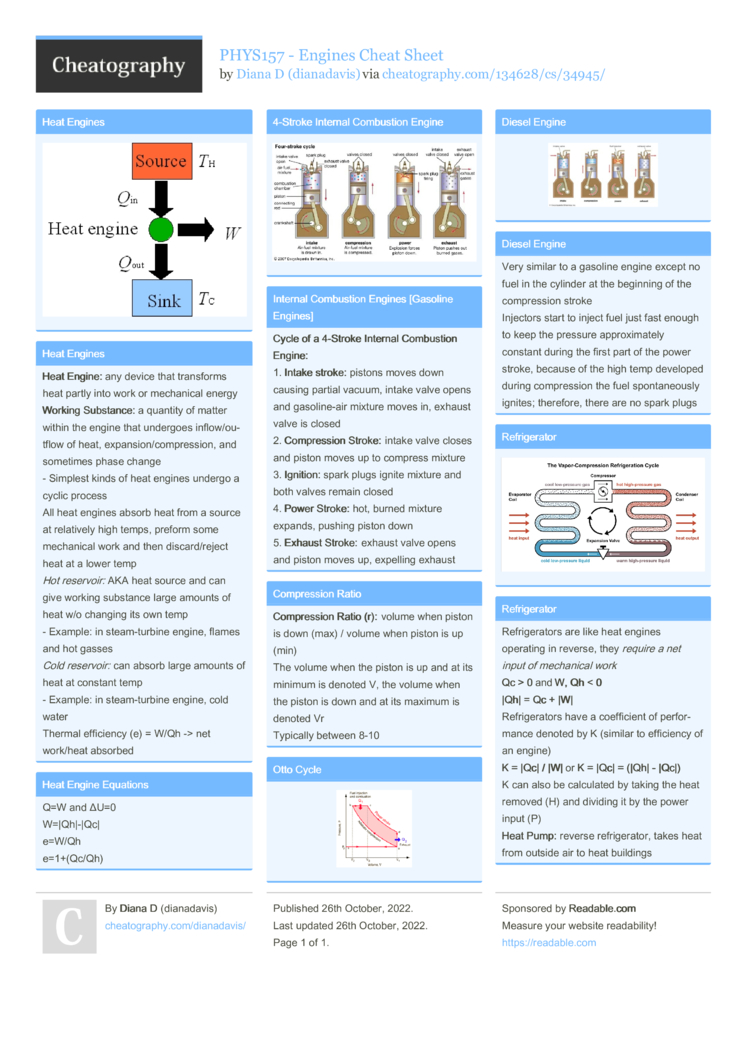Internal combustion engines are devices that convert chemical energy stored in fuel into mechanical energy through a series of controlled explosions. These engines are found in a wide range of applications, including automobiles, aircraft, boats, and generators. The physics behind the internal combustion engine involves a number of principles, including thermodynamics, fluid dynamics, and combustion.
At the heart of an internal combustion engine is the cylinder, where the controlled explosions take place. The cylinder is a hollow chamber with a movable piston at one end and an inlet and outlet valve at the other. The piston is connected to a crankshaft, which converts the linear motion of the piston into rotary motion.
The process of the internal combustion engine begins with the intake stroke, in which the inlet valve opens and a mixture of fuel and air is drawn into the cylinder. The fuel is typically a hydrocarbon, such as gasoline or diesel, and the air is drawn in from the atmosphere. The fuel and air are mixed in a carburetor or fuel injection system, depending on the type of engine.
Next, the compression stroke begins as the inlet valve closes and the piston moves upward, compressing the fuel-air mixture. The compression ratio, or the ratio of the volume of the cylinder when the piston is at the bottom of its stroke to the volume when the piston is at the top of its stroke, plays a key role in the efficiency of the engine. A higher compression ratio allows for more efficient combustion and higher power output.
Once the fuel-air mixture has been sufficiently compressed, the spark plug ignites the mixture, causing a controlled explosion. The explosion pushes the piston downward, creating the power stroke. The power stroke is the portion of the cycle in which the engine produces useful work, such as turning the crankshaft or propelling a vehicle.
Finally, the exhaust stroke begins as the outlet valve opens and the piston moves upward, pushing the remaining combustion products out of the cylinder. The exhaust gases are typically hot and contain a number of pollutants, such as carbon dioxide, nitrogen oxides, and unburnt hydrocarbons. These pollutants can have a negative impact on air quality and climate change, which is why internal combustion engines are subject to strict emissions regulations.
There are a number of factors that can affect the efficiency and performance of an internal combustion engine, including the type of fuel used, the design of the engine, and the operating conditions. For example, using a fuel with a higher octane rating or a more efficient engine design can result in better fuel economy and lower emissions.
In conclusion, the internal combustion engine is a complex and versatile machine that relies on a number of principles of physics to convert chemical energy into mechanical energy. While these engines have contributed significantly to the development of modern society, they also have a number of negative impacts that must be carefully managed.







